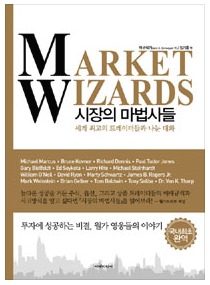반응형
Summary Chapter 1
- Indentify at least four of pfeffer's people-centered practices,and define the term managemnet. Pfeffer's seven people-centered practices are job security, careful hiring, power to the people, generous pay for performance, lots of training, less emphasis on status, and trust building.Management is the process of working with and through others to achieve organizational objectives in an efficient and ethical manner.
- Contrast McGregor's Theory X and Theory Y assumptions about employees. Theory X employees, according to traditional thinking, dislike work, require close supervision, and are primarily interested in security. According to the modern Theory Y view, employees are capable of self-direction, of seeking responsibility, and of being creative.
- Explain the managerial significance of Deming's 85-15 rule,and identify the four principles of total quality management(TQM). Deming claimed that about 85% of organizational failures are due to system breakdowns involving factors such as management, machinery, or work rules. He believed the workers themselves are responsible for failures only about 15% of the time. Consequently, Deming criticized the standard practice of blaming and punishing individuals for what are typically system failures beyond their immediate control. The four principles of TQM are (a) do it right the first time to eliminate costly rework; (b) listen to and learn from customers and employees; (c) make continuous improvement an everyday matter; and (d) build teamwork, trust, and mutual respect.
- Contrast human and social capital, and identify five measurable outcomes when building human capital.Human capital invoves individual characteristics and abilities; social capital involves social relationships. Human capital in the productive potential of an individual's knowledge and actions. Social capital is productive potential resulting from strong relationships, goodwill, trust, and cooperative effort. Five measurable outcomes of programs to build human capital are (a) leadership/managerial practices; (b) workforce optimization; (c) learning capacity; (d) knowledge accessibility; and (e) talent engagement.
- Explain the impact of the positive psychology movement on the field of OB. Reversing psychology's long-standing preoccupation with what is wrong with people, positive psychology instead focuses on identifying and building human strenghts and potential. Accordingly, Luthans recommends positive organizational behavior(POB) and identifies its basic elements with th CHOSE model. This acronym stands for Confidence/self-efficacy, Hope, Optimism, Subjective well-being, and Emotional intelligence.
- Define the term e-business, and explain at least three practical lessons about effective e-leadership in a virtual organization. E-business involves using the Internet to more effectively and efficiently manage every aspect of a business. Today's employees are sklled in many aspects of digital communication: e-mail. blogs, social networking sites, and sites where users provide and refine content, such as Wikipedia. In such an evironment, where employees have more control over the information they can access and share, the manager's role is evolving into one of providing the means for collaboration.
반응형
'아카데미' 카테고리의 다른 글
| 20100308 Organizational Behavior professor.Chang Ho Kim 1 Week - Summaries, Quiz (0) | 2013.08.20 |
|---|---|
| 20100307 증권시장론 허화 교수님 분반 조사 - FRB 정책금리와 CMA 금리위주 (0) | 2013.08.20 |
| 당신의 지적능력은? 몇개나 답할수 있는가? (0) | 2013.08.20 |
